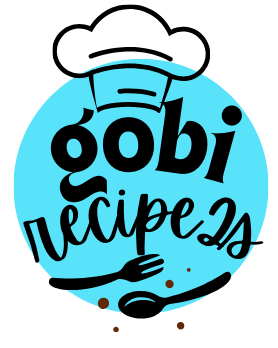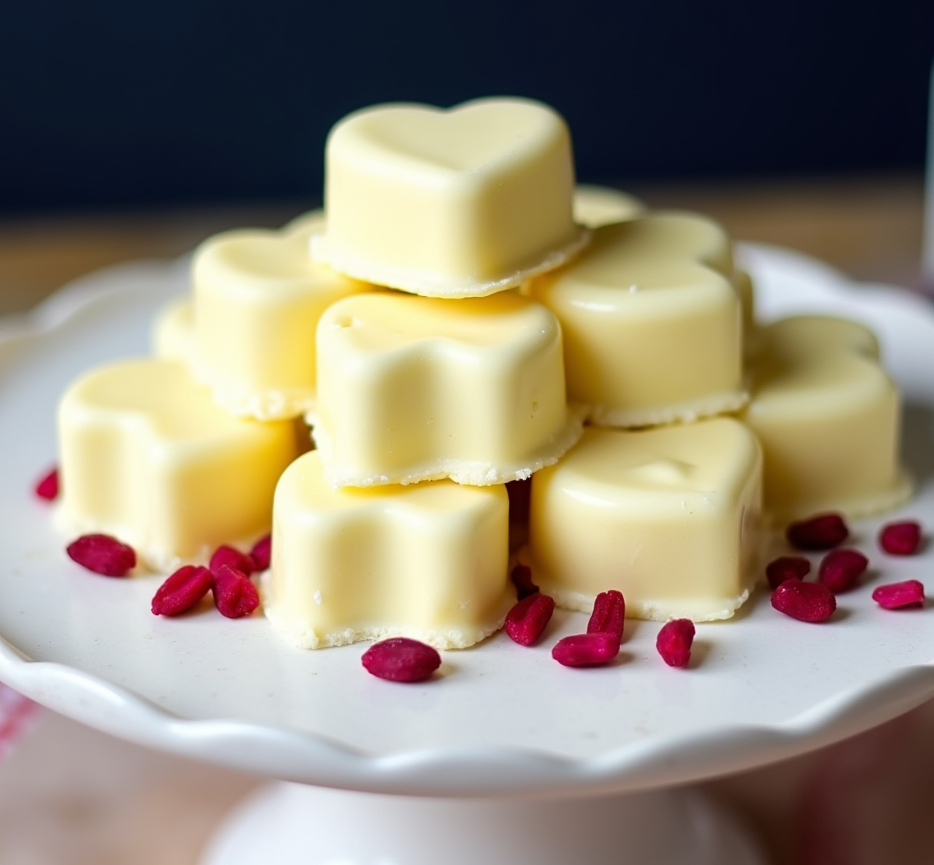Crafting homemade white chocolates is a delightful way to enjoy a sweet treat tailored to your taste preferences. This comprehensive guide will walk you through the process, from gathering ingredients to creating beautifully crafted chocolates. Whether you’re a seasoned chocolatier or a curious beginner, you’ll find all the essential details to make your chocolate-making journey successful.
For more culinary inspirations, explore how you can pair chocolate with the tropical flavors in this coconut lime fish soup recipe.
Ingredients Needed for Homemade White Chocolates
The quality of your ingredients plays a significant role in the taste and texture of homemade white chocolates. Using fresh and high-quality ingredients ensures a smooth and creamy final product.
Here’s what you’ll need:
- Cocoa butter: The base ingredient for authentic white chocolate. Opt for food-grade, unscented cocoa butter.
- Powdered sugar: This blends seamlessly, creating a smooth texture without grittiness.
- Milk powder: Adds richness and a creamy flavor to your chocolates.
- Vanilla extract or vanilla bean paste: Provides a subtle depth of flavor.
- Salt: A pinch helps enhance the sweetness.
When sourcing ingredients, ensure they are free from moisture contamination. Moisture can ruin the consistency of homemade white chocolates, so store them in a cool, dry place before use.
Essential Tools for Chocolate Making
Having the right tools simplifies the process of making homemade white chocolates and improves your results. Here’s a list of must-haves:
- Double boiler or heatproof bowl: Necessary for melting cocoa butter without direct heat exposure.
- Thermometer: Accurate temperature control is key for tempering white chocolate.
- Silicone molds: Ideal for shaping chocolates into unique designs.
- Spatula: Ensures even mixing and scraping.
- Piping bags: Useful for adding intricate designs or filling molds neatly.
To upgrade your chocolate-based desserts, check out this unique bananas foster bread pudding recipe for a creative pairing.
Step-by-Step Recipe for Homemade White Chocolates
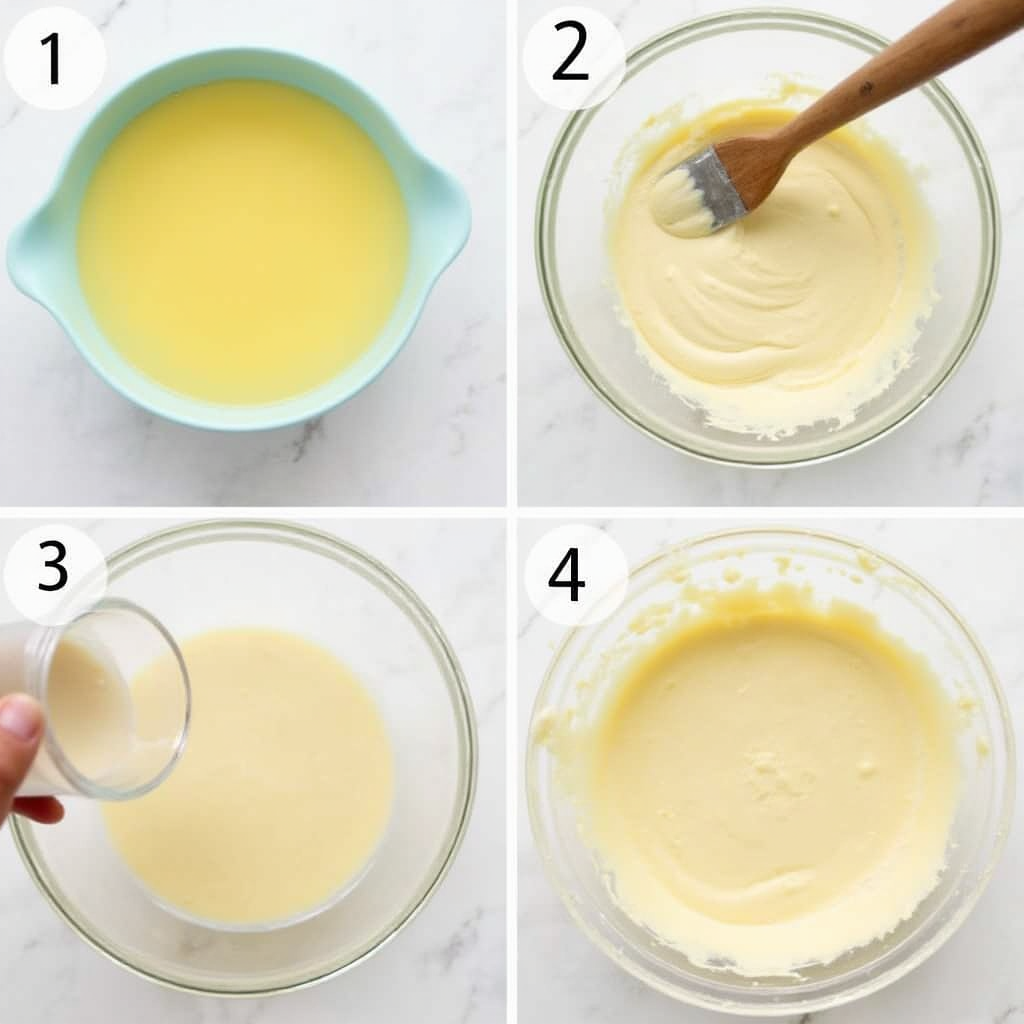
Creating homemade white chocolates requires attention to detail but is ultimately rewarding. Follow these steps to achieve perfect results:
- Prepare your tools and workspace: Clean and dry all equipment thoroughly. Moisture is a common culprit for chocolate mishaps.
- Melt the cocoa butter: Use a double boiler to gently melt cocoa butter, stirring occasionally. Avoid overheating.
- Incorporate the dry ingredients: Gradually whisk in powdered sugar, milk powder, and a pinch of salt. Ensure everything dissolves completely.
- Add flavoring: Stir in vanilla extract or bean paste for added aroma and depth.
- Temper the chocolate: Cool the mixture to 26-28°C (79-82°F), then gently reheat to 29-30°C (84-86°F) to achieve a glossy finish and a crisp snap.
- Pour into molds: Carefully transfer the tempered chocolate into your molds, tapping them lightly to release air bubbles.
- Set and store: Allow the chocolate to set at room temperature or refrigerate briefly until firm.
For more adventurous culinary endeavors, discover how to infuse white chocolate creations into dishes like this flavorful coconut lime fish soup recipe.
Tips for Perfectly Tempered White Chocolate
Tempering white chocolate can be tricky, but it’s crucial for a polished appearance and desirable texture. Follow these tips for success:
- Monitor the temperature constantly using a thermometer.
- Use the seeding method: Add small, unmelted cocoa butter chunks to the melted chocolate and stir until smooth.
- Avoid overheating: Overheated chocolate loses its temper, resulting in dull and brittle textures.
- Work in a controlled environment: High humidity and extreme temperatures can cause bloom or melting issues.
Patience and precision are key when tempering homemade white chocolates. With practice, you’ll master this essential technique.
Flavor Variations to Try
The versatility of homemade white chocolates allows for endless flavor combinations. Experimenting with different ingredients will help you create unique treats.
Popular Flavor Additions:
- Fruit powders: Raspberry, strawberry, or mango powders provide vibrant color and tangy notes.
- Extracts: Almond, peppermint, or coconut extracts infuse distinctive flavors.
- Spices: Cinnamon, cardamom, or nutmeg add warmth and complexity.
- Nuts and seeds: Toasted almonds, pistachios, or sesame seeds offer crunch.
Always balance flavors carefully to ensure the chocolate remains the star of the creation.
Creative Shapes and Designs
Making homemade white chocolates isn’t just about taste—it’s also an opportunity to showcase your artistic flair. With the right tools and techniques, you can create visually stunning chocolates that impress every time.
Ideas for Unique Shapes and Patterns:
- Holiday-themed molds: Use molds shaped like snowflakes, hearts, or pumpkins for seasonal treats.
- Marbled effects: Swirl in dark or milk chocolate for a striking contrast.
- Painted details: Use edible luster dust or food coloring to enhance the appearance of your chocolates.
- Textured surfaces: Experiment with silicone mats or textured molds to create intricate designs.
Taking the time to design your chocolates adds a personal touch that makes them perfect for gifting or special occasions.
Homemade White Chocolates: An In-Depth Guide
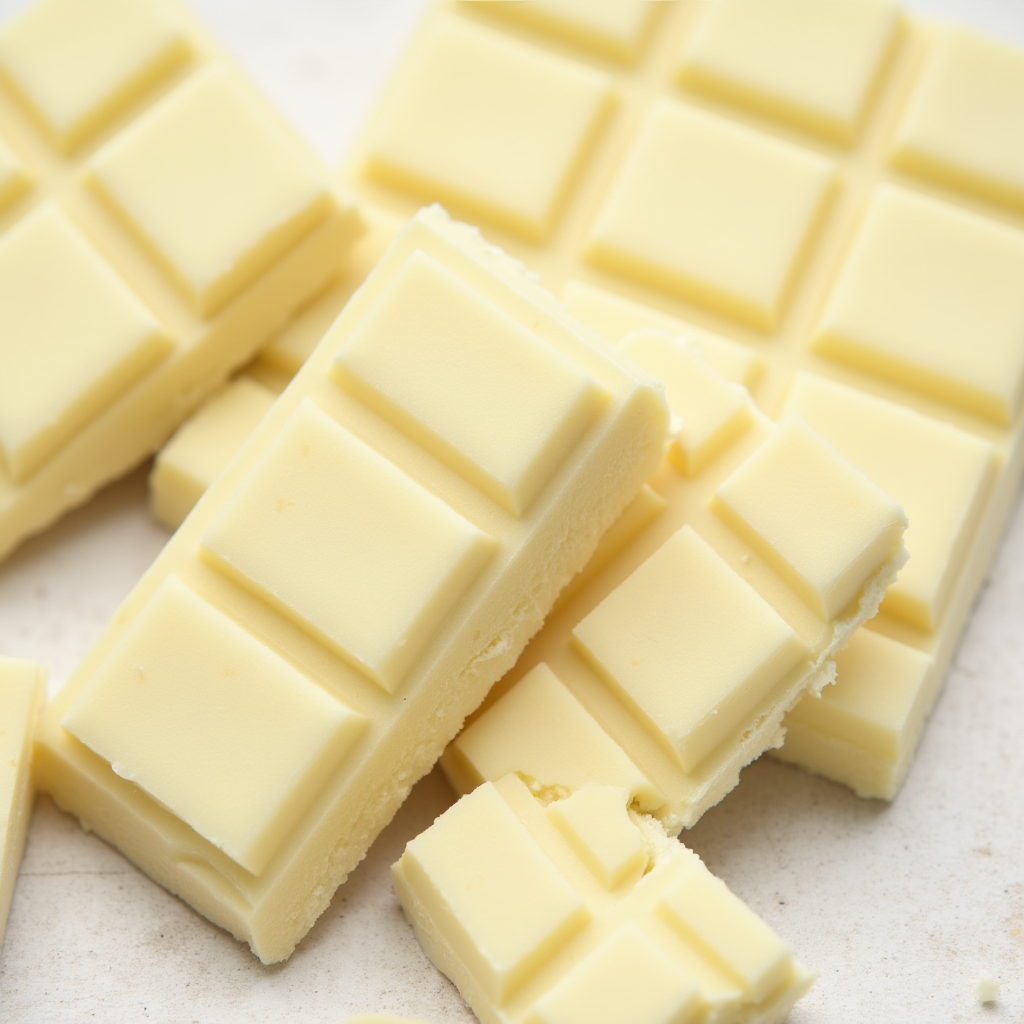
Creating homemade white chocolates is an enjoyable and rewarding experience. This continuation of the guide will help you learn the finer aspects, from proper storage to packaging ideas, along with fun facts and health benefits. Let’s dive in!
Storing and Preserving Your Chocolates
Proper storage of homemade white chocolates ensures their taste and texture remain intact. If stored correctly, these treats can last for weeks.
- Cool and dry environment: Store your chocolates at a temperature between 15°C and 20°C (59°F–68°F) to prevent melting or blooming.
- Airtight containers: Use containers to shield the chocolates from moisture and odors.
- Avoid refrigeration: While tempting, refrigeration can cause condensation, leading to sugar bloom. If necessary, wrap chocolates tightly in plastic wrap before refrigerating.
- Limit exposure to light: Direct sunlight or fluorescent lighting can degrade the cocoa butter.
For even more fun in your kitchen, consider using your homemade chocolates as an ingredient in a delectable bananas foster bread pudding recipe.
Troubleshooting Common Issues
While making homemade white chocolates, you might encounter some challenges. Here’s how to address the most common ones:
- Grainy texture: Ensure all ingredients are completely dissolved during mixing. Sifting dry ingredients can help.
- Bloom on the surface: This occurs due to improper tempering or storage. Re-tempering the chocolate can restore its sheen.
- Overheating cocoa butter: Heat gently and monitor the temperature closely to avoid scorching.
- Air bubbles in molds: Tap molds firmly on the counter to release trapped air before the chocolate sets.
With attention to detail and a bit of practice, these issues can be minimized or avoided altogether.
Health Benefits of White Chocolate
Although white chocolate is often seen as a treat, it has certain health benefits when enjoyed in moderation.
- Rich in antioxidants: High-quality cocoa butter contains polyphenols that support heart health.
- Energy boost: White chocolate is a source of quick energy, thanks to its natural sugars and fats.
- Mood-enhancing properties: The presence of small amounts of theobromine and dopamine precursors can improve mood.
- Contains essential fats: Cocoa butter is rich in oleic acid, a healthy monounsaturated fat.
When crafting homemade white chocolates, you can control the sugar content and enhance their nutritional value by using organic or minimally processed ingredients.
Fun Facts About White Chocolate
Did you know these interesting tidbits about white chocolate?
- Not technically “chocolate”: White chocolate contains no cocoa solids, which is why it has a creamy color rather than a rich brown hue.
- Origins: White chocolate was first developed in Switzerland in the 1930s as a way to use excess cocoa butter.
- Melting point: It melts at a lower temperature than dark or milk chocolate, making it ideal for delicate confections.
- Popularity in desserts: White chocolate pairs exceptionally well with fruits, nuts, and caramel, making it a favorite for dessert recipes.
These facts can make conversations about homemade white chocolates even more engaging!
Gift-Worthy Packaging Ideas
Beautiful packaging elevates the experience of gifting homemade white chocolates. Here are some creative ideas:
- Decorative boxes: Choose boxes with compartments to separate different flavors.
- Cellophane bags: Tie them with ribbons and personalized tags for a classic touch.
- Mason jars: Layer chocolates in jars and add a festive label or bow.
- Eco-friendly wraps: Use parchment paper and twine for a rustic, sustainable look.
Remember to include a note with storage instructions to ensure the recipient enjoys your homemade white chocolates at their best.
White Chocolate in Recipes
Homemade white chocolates are not just delicious on their own—they also shine as ingredients in various recipes.
Recipe Ideas:
- White chocolate ganache: Perfect for drizzling over cakes or filling pastries.
- Cookies and brownies: Add chopped white chocolate chunks for extra sweetness.
- Hot chocolate: Melt white chocolate into milk for a creamy winter beverage.
- Fruit dips: Combine melted white chocolate with cream for a decadent dip.
By incorporating your creations into recipes, you add a personal touch to every dish.
FAQs
How to Make White Chocolate at Home?
To make white chocolate at home, start by gently melting food-grade cocoa butter using a double boiler. Once melted, gradually mix in powdered sugar and milk powder while stirring continuously to avoid clumps. Afterward, add a touch of vanilla extract or vanilla bean paste for flavor. Temper the mixture by cooling and reheating it to the appropriate temperatures, ensuring a glossy finish and smooth texture. Finally, pour the tempered chocolate into molds and let it set before enjoying your homemade white chocolates.
What Ingredients Make Up White Chocolate?
White chocolate primarily consists of a few essential ingredients. These include cocoa butter, which forms the base and gives it its creamy texture, powdered sugar for sweetness, milk powder for a rich and velvety consistency, and a hint of vanilla extract for added depth of flavor. Unlike dark or milk chocolate, white chocolate lacks cocoa solids, which is why it has a lighter color and taste.
How Do You Mix White Chocolate?
Mixing white chocolate requires gentle handling to ensure a smooth, lump-free texture. First, melt the cocoa butter using a double boiler while stirring occasionally. Next, whisk in the powdered sugar and milk powder gradually to prevent clumping. After everything is combined, incorporate vanilla extract for flavor. Use a silicone spatula to scrape the sides of the bowl and ensure even mixing. Remember, maintaining a consistent temperature throughout the process is crucial for perfect results.
How Do I Make Vegan White Chocolate?
To make vegan white chocolate, substitute regular milk powder with plant-based milk powder, such as coconut or almond milk powder. Use vegan-friendly powdered sugar to ensure there are no animal-based additives. Begin by melting cocoa butter in a double boiler, and then add the plant-based milk powder and sugar, whisking until smooth. Enhance the flavor with a splash of natural vanilla extract. Temper the chocolate for the best texture, then pour it into molds and allow it to set. This version offers the same creamy experience without animal-derived ingredients.
Conclusion
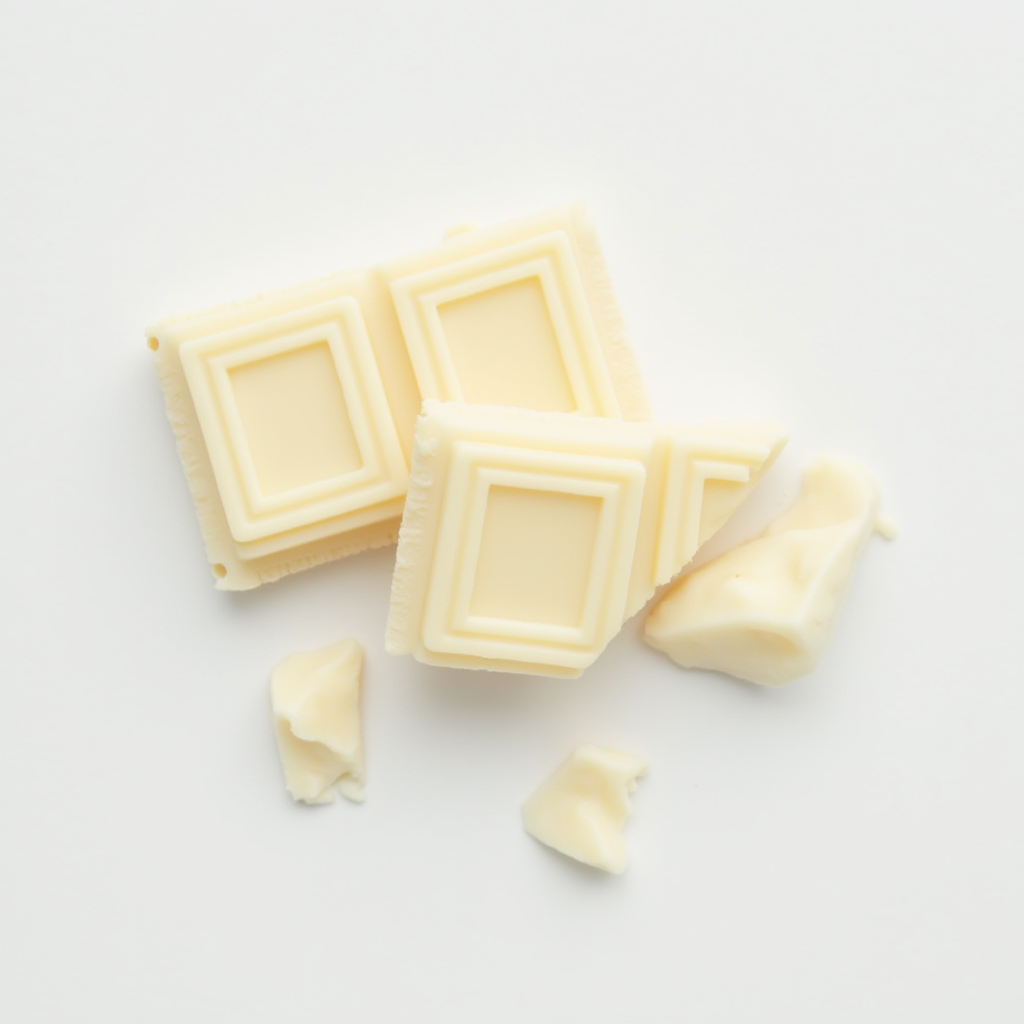
Crafting homemade white chocolates is a journey filled with creativity, patience, and fun. From understanding how to store them properly to discovering their health benefits, you now have the tools to create delicious and beautiful treats. Whether gifting them in elegant packaging, experimenting with recipes, or enjoying them plain, these chocolates bring joy to every occasion.
For more delightful recipes and inspiration, check out this coconut lime fish soup recipe or add a sweet twist with a bananas foster bread pudding recipe.
